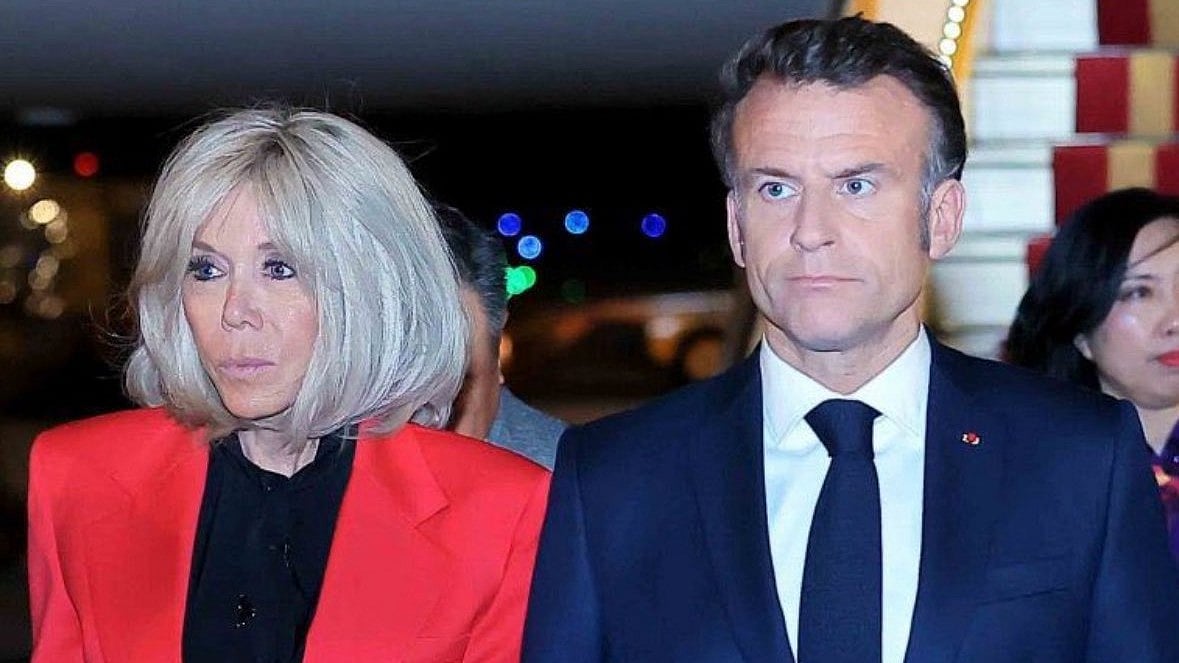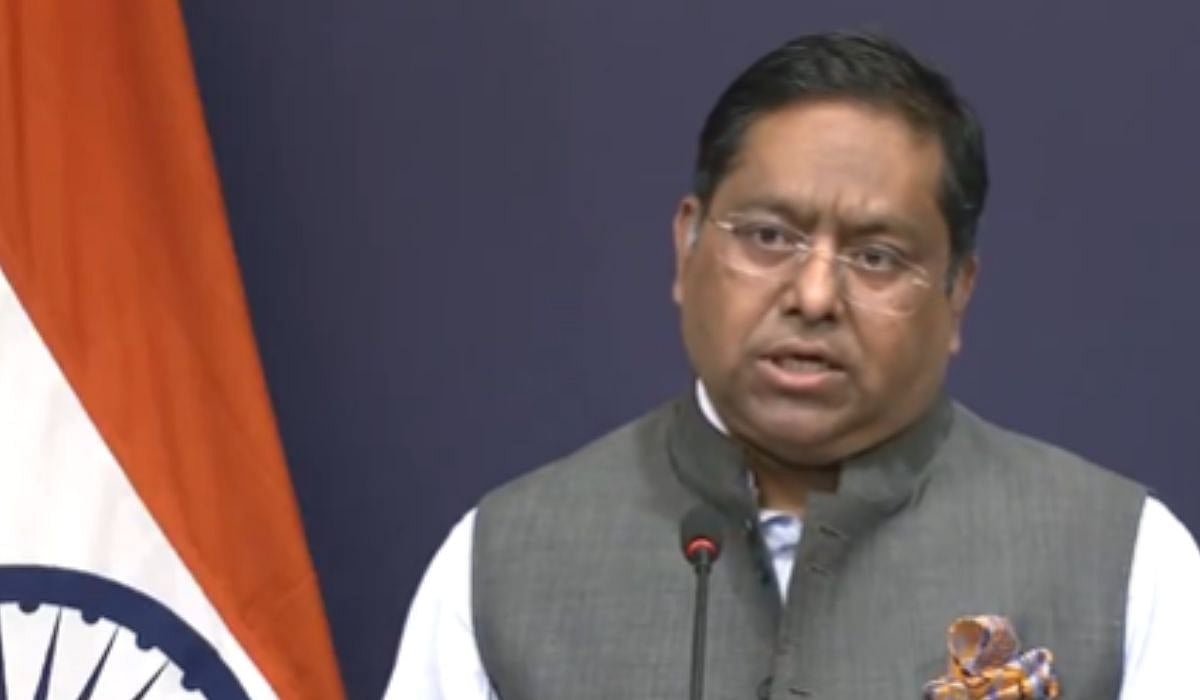Beijing: A joint WHO-China study on the origins of COVID-19 says that transmission of the virus from bats to humans through another animal is the most likely scenario and that a lab leak is "extremely unlikely," according to a draft copy obtained by The Associated Press. The findings offer little new insight into how the virus first emerged and leave many questions unanswered, though that was as expected. But the report does provide more detail on the reasoning behind the researchers' conclusions. The team proposed further research in every area except the lab leak hypothesis.
The report, which is expected to be made public Tuesday, is being closely watched since discovering the origins of the virus could help scientists prevent future pandemics - but it's also extremely sensitive since China bristles at any suggestion that it is to blame for the current one. Repeated delays in the report's release have raised questions about whether the Chinese side was trying to skew its conclusions.
"We've got real concerns about the methodology and the process that went into that report, including the fact that the government in Beijing apparently helped to write it," U.S. Secretary of State Antony Blinken said in a recent CNN interview.
China rejected that criticism Monday.
"The U.S. has been speaking out on the report. By doing this, isn't the U.S. trying to exert political pressure on the members of the WHO expert group?" asked Foreign Ministry spokesperson Zhao Lijian.
The report is based largely on a visit by a WHO team of international experts to Wuhan, the Chinese city where COVID-19 was first detected, from mid-January to mid-February.
In the draft obtained by the AP, the researchers listed four scenarios in order of likelihood for the emergence of the coronavirus named SARS-CoV-2. Topping the list was transmission from bats through another animal, which they said was likely to very likely. They evaluated direct spread from bats to humans as likely, and said that spread through "cold-chain" food products was possible but not likely.
Bats are known to carry coronaviruses and, in fact, the closest relative of the virus that causes COVID-19 has been found in bats. However, the report says that "the evolutionary distance between these bat viruses and SARS-CoV-2 is estimated to be several decades, suggesting a missing link." It said highly similar viruses have been found in pangolins, which are another kind of mammal, but also noted that mink and cats are susceptible to the COVID-19 virus, suggesting they could be carriers, too.
WHO Director-General Tedros Adhanom Ghebreyesus acknowledged that he had received the report over the weekend and said it would be formally presented Tuesday.
The draft report is inconclusive on whether the outbreak started at a Wuhan seafood market that had one of the earliest clusters of cases in December 2019. The discovery of other cases before the Huanan market outbreak suggests it may have started elsewhere. But the report notes there could have been milder cases that went undetected and that could be a link between the market and earlier cases.












